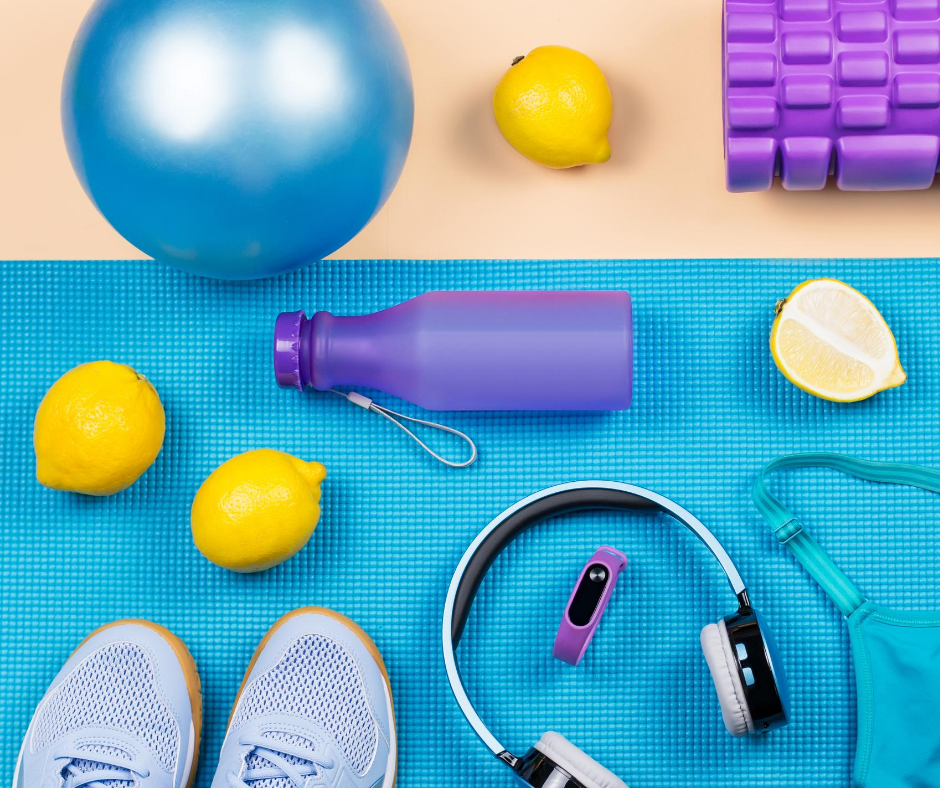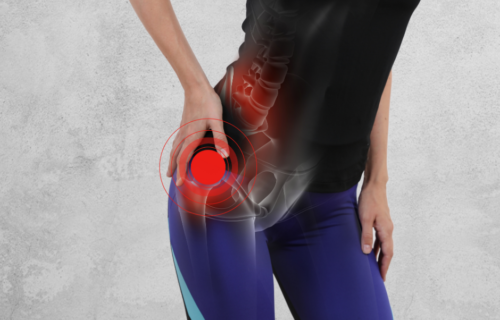
The 4 Things Every Workout Routine Should Include
The human body is made to move. Evidence of this is shown in the countless benefits that come from the regular practice of moving your body…otherwise called, exercise.
Many of the health issues women face can be substantially improved through consistent exercise.
In fact, when it comes to preventative health solutions, exercise is one of the best options available.
Here are just a few of the benefits to women’s health that come from regular exercise:
Counteract Hormone-driven Mood Swings
Women experience shifting levels of estrogen and progesterone that impacts their fertility patterns, as well as brain chemistry and moods. When estrogen levels drop, so does serotonin (the feel good brain chemical). This can lead to increased susceptibility to moodiness, depression, and anxiety attacks.
Exercise counteracts these hormone-driven mood swings by releasing endorphins (another feel good brain chemical). Endorphins are what leave you feeling happy and relaxed post-exercise session.
Prevent Bone Loss and Osteoporosis
According to the National Osteoporosis Foundation, 8 out of 10 Americans with osteoporosis are women. Half of these women over the age of 50 will break a bone. Women have thinner bones than men and lose bone strength more rapidly as they age due to loss of estrogen.
One of the best ways to build bone strength is through exercise!
Weight-bearing and muscle strengthening exercises promote bone health, no matter what age you are. Hiking, tennis, aerobic exercises, and lifting weights are all great options to help you build up bone strength.
One common objection many women have against lifting weights is that they think they will get too bulky. This is simply not the case! Women do not naturally produce the testosterone levels necessary to “bulk up” from weight lifting. The truth is, strength training will help you increase your metabolism, maintain a healthy weight, reduce your risk of injury, and tone lean muscles.
Keep Your Weight Steady
Women and men both tend to gain weight as they age, but women experience more challenges when it comes to maintaining their desired weight. For example, pregnancy can lead to weight gain that lingers long after delivery. When middle-aged women lose estrogen in menopause, the body starts to redistribute fat cells to the belly. In addition, muscle mass declines with age, which can cause frustration in efforts to maintain or lose weight, as muscle helps to boost metabolism.
Exercise builds and maintains lean muscle mass, which helps women keep their weight in check. Exercise will also help burn excess calories that would otherwise accumulate as fat.
Improve Your Sleep
In the United States, the vast majority of women are getting less than the recommended 7-9 hours of sleep.
Adequate amounts and quality of sleep are vitally important for helping the body recharge and refresh in order to function optimally.
Difficulty falling asleep and staying asleep can lead to daytime drowsiness which contributes to brain fog and decreased productivity.
Did you know that regular exercise has an excellent track record of improving sleep?
Research from Johns Hopkins shows that people who engage in at least 30 minutes of moderate aerobic exercise may see a difference in sleep quality that same night!
As you can see, regular exercise provides many benefits for women’s health and well-being.
Remind yourself of these exercise benefits to help shift your perspective on exercise from punishment to counteract unhealthy behaviors, instead to view exercise as a practice for preventative and supportive health and well-being.
Find an activity you enjoy to get yourself moving, and get ready to see the benefits of exercise for yourself.
When it comes to creating your own exercise routine, where do you start?
It would be silly to think that one cookie-cutter workout could suit every person.
We all have different likes, dislikes, schedules, body physiology and goals.
While we all vary, every workout routine should include some form of the following:
- Cardio
- Strength
- Flexibility
- Rest
Cardio
Cardio exercise is any activity that increases your heart rate. Cardio is important because it is good for your heart, increases blood flow to your muscles, and makes you move your body.
To increase your cardiovascular fitness, begin by going for leisurely walks or hikes. Slowly add more intense intervals by picking up the pace, adding some hills, or trying something new (bike ride, fitness class, jogging, tennis, etc.)
Strength
If you focus only on cardio, you’ll likely lose weight (if your diet and recovery are also on-point), but you’ll lose muscle if you don’t strength train.
For those that don’t want to “lift heavy”… how many times do you find yourself hauling massive grocery bags or lifting up children?
A certain level of stress must be placed on your body’s muscles and joints in order to create adaptations to allow for lean muscle growth.
Strength training is basically breaking the muscles down and then allowing them to rest and recover (which is when they grow and become stronger).
Lifting light, easy weights is typically not enough stress to elicit strength gains.
Muscle Flexibility
Muscle flexibility is also important to move through full range of motion, progress in your workouts, and avoid pain and injury.
Improving your flexibility can also help improve posture and balance.
Try adding 5-10 minutes of daily stretching, or test out a beginner yoga class.
Rest
Finally, your muscles repair and grow during rest. So you do need to rest and take a day off sometimes.
If not, your body will not be able to work out as hard and reap the benefits of fitness as much as it potentially could.
No rest can also lead to injury, burn out, and plateau.
Want to get started with some body-weight strength training exercises? Try this FREE 30-day Plank Challenge! Download the challenge here.
What does your current exercise routine consist of?
What are your exercise goals for the next 30 days?
Let me know in the comments below!



